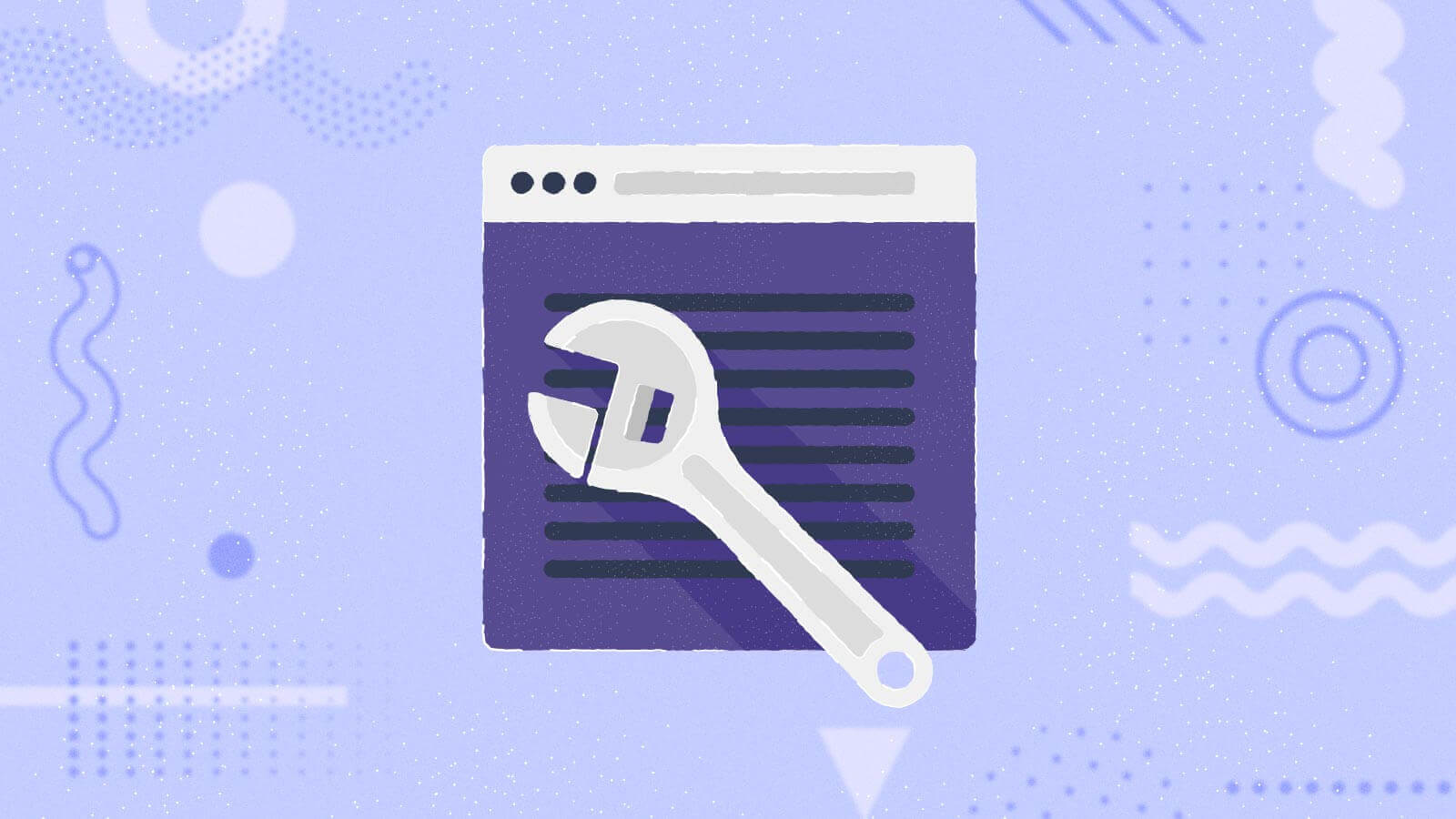What are conversions and conversion rates?
The simple definition of a “conversion” is a user taking a desired action on a web page such as making a purchase, registering as a user, filling out a contact form or downloading a file.
Conversion rates are the percentage of a website’s total visitors that perform the desired actions to convert. Any steps that can be taken to increase conversion rates can have an exponential impact on a website’s success. By understanding the percentage of visitors that are converting, as well as where they are coming from, a website owner can make informed decisions on how and where to spend their marketing budget.
Website Loading Time and Optimization
No matter what your conversion goals are, a website’s loading time will directly correlate with how many users it converts.
For example, Walmart found that for every 1 second improvement in page-loading time, conversions increased by 2%. Therefore, if a website produces $500,000 in sales per year, that 2% increase will lead to an additional $10,000 in revenue.
At face value that may seem like a small amount, but when scaled up to $10 million in sales per year, that same one-second improvement will yield $200,000 in additional revenue.
As you can see, as a website grows, performance optimizations can have an exponential impact on your conversions and overall success.
Alternatively, when reversing this statistic, you’re losing 2% of conversions for every extra second your website takes to load. President Obama’s presidential campaign is another great example. The campaign made optimizations that improved page-loading times from five seconds to two seconds, and that yielded a 14% increase in donations totaling $34 million.
These examples demonstrate that even shaving milliseconds of your page-loading times increase the revenue your website yields.
What optimizations can be made to improve loading times?
There are several development techniques that can be utilized to drastically improve page-loading times on your website. Here are some examples:
- Minimizing HTTP Requests – You want your website to make as few HTTP requests as possible to load a page. The more separate requests made to load things like images, scripts, styles and fonts, the longer your user is waiting for the page to load. Reducing the number of requests can save you seconds of loading time, which can have a drastic impact on your website’s conversion rate.
- Conditional Loading – Conditionally load scripts, styles and assets only on the pages that require them. If an asset is used globally, then it should be concatenated with other assets that are used globally so that only one request is made to download all of them. Otherwise, use conditionals to prevent any assets from being loaded if they aren’t going to be used on that page.
- Concatenation – You should merge together any assets that you can in one file. For example, if you have several components with separate CSS files, merge them together so they only have to be loaded once. You can also create image or SVG sprites to reduce the number of requests needed to load images on a page. By merging files together and minifying them, you can further reduce the HTTP requests needed to load pages on your website.
- Minification – Minification is the automated process of removing unnecessary space and characters from code without changing its functionality. It greatly reduces the file size of your CSS and JS files. This allows them to be downloaded significantly faster, shaving off extra loading time for every page of your website.
- Caching – Utilize techniques like fragment caching server-side and leverage the user’s browser caching capabilities by setting a cache control policy for assets that are unlikely to change. Additionally, utilizing cache busting strings on the end of filenames can allow you to notify a user’s browser that the file has changed and should be re-downloaded, bypassing the cache control policy.
- Image Compression – When exporting your image assets, try to reduce the file size as much as possible without sacrificing quality, and afterward run them through a lossless image compressor like TinyJPG to shave off some extra file size before uploading them.
Ideabar develops websites with page speed top-of-mind. For more information on Ideabar’s Interactive services, please contact Dana Wardeh at (561) 820-4280 or Dana.Wardeh@coxinc.com.
